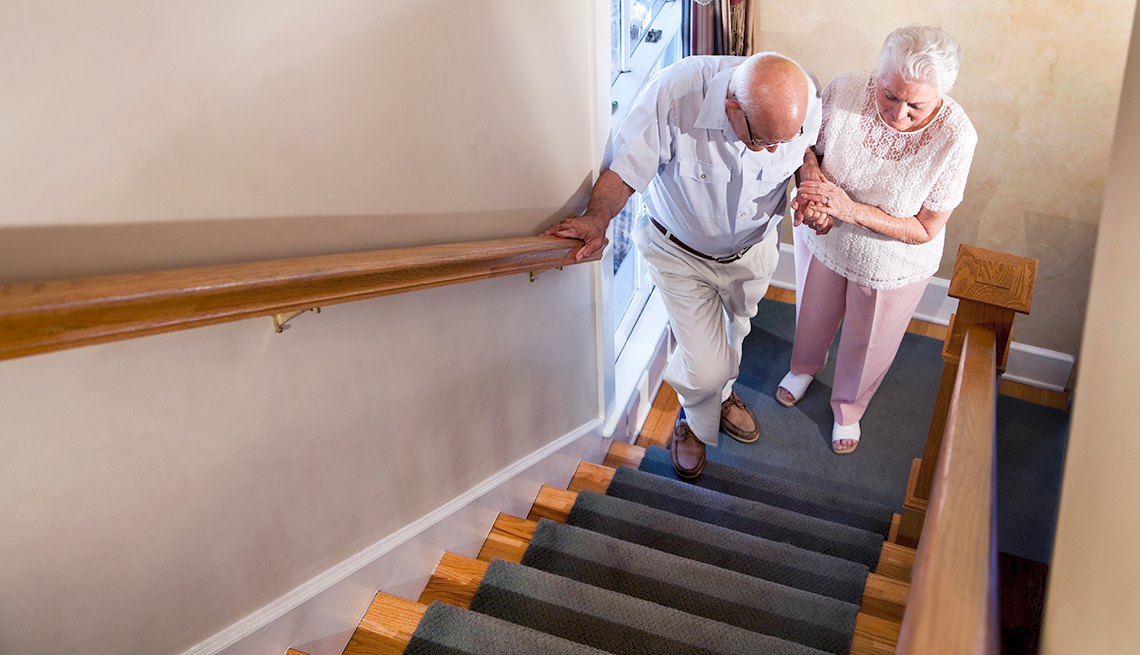
With loved ones living longer and needing more care, many families struggle with the best way to help an aging relative. Adapting your home to accommodate another’s needs is a step some are hesitant to make. But if you’re contemplating this move, consider advice from the experts who say the trend is likely to continue as the nation’s population ages. “We’re hearing more from the caregivers that are modifying their home so their older relative can move in with them,” says Sandy Markwood, chief executive of the Washington, D.C.-based nonprofit National Association of Area Agencies on Aging, also known as n4a. Local agencies can provide in-home safety assessments, Markwood says. But she acknowledges the accommodations are often not easy.
Step 1: Low-cost safety tips
Many people find that they can make these changes themselves.
• Add textured, no-slip strips in the bathtub and shower.
• Apply nonslip wax on floors.
• Place a waterproof seat or chair in the shower.
• Put nonskid treads on steps.
• Remove throw rugs.
• Remove wheels on chairs.
• Replace standard doorknobs with lever handles.
• Replace toilet with a raised or high-profile toilet.
• Use rubber-backed bathmats.
Step 2: Expensive changes
These modifications often require professional help to make a home more accessible for a wheelchair.
• Alter the shower for walk-in rather than step-over entry.
• Create zero-threshold entryways.
• Move light switches for easy reach from a wheelchair or bed.
• Widen doorways and hallways.
